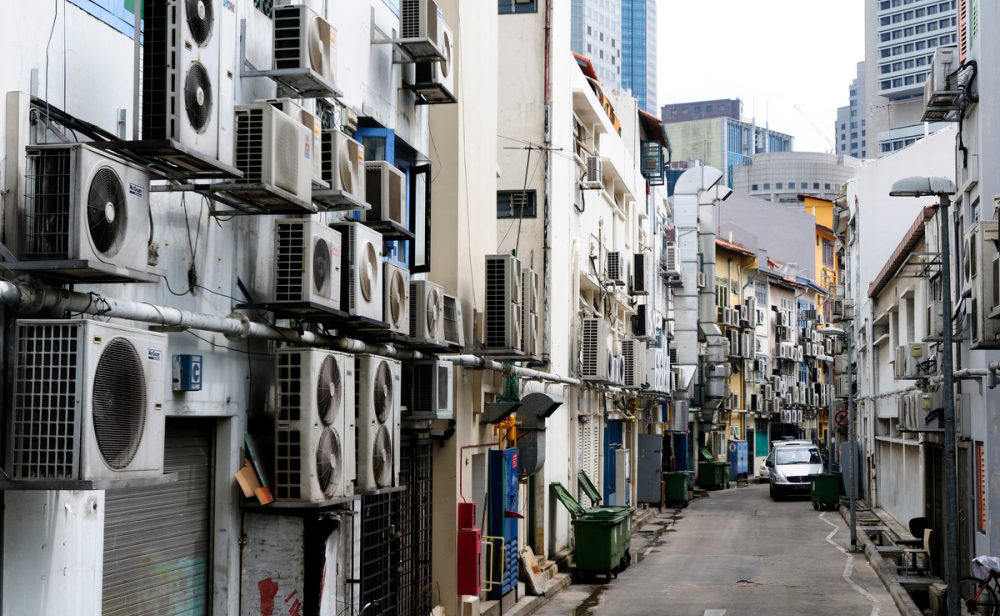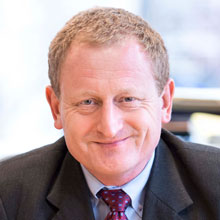Demand is hot for cool air. In certain urban areas of China, where air conditioners were practically unknown 20 years ago, almost every household now has one. Sales in countries like India are growing at over 10 percent a year. Altogether,
All this cooling has health and development benefits – preserving food, increasing productivity, and improving the quality of life for hundreds of millions of people.
But it also comes at a steep cost to the climate. Air conditioning increases electricity use, especially at peak times, and cooling will soon outstrip heating as the primary driver of consumer power demand. Cooling technology also depends on hydrofluorocarbons (HFCs) - potent greenhouse gases that can have several thousand times the warming effect of CO2.
Until now.
On October 15, at a meeting in Kigali, Rwanda, the 197 parties to the Montreal Protocol agreed to an amendment that would phase down the use of HFCs around the world. This single decision could reduce the rise in the global mean temperature by 0.5 degrees Celsius by the end of the century – one of the most significant steps in the fight against climate change, and a major contribution to the goals of the Paris Agreement, which will go into force on November 4.
As an implementing agency of the Montreal Protocol since 1991, the World Bank Group has channeled more than $1 billion in grants so far to phase out the consumption and production of ozone-depleting substances. And as President Jim Yong Kim made clear at this year’s Annual Meetings, the Bank Group plans to continue this work – supporting countries as they phase down HFCs and improve energy efficiency.
“We have developed a support plan that includes ramping up our lending for energy efficiency to accompany the HFC phase-down,” said Anna Bjerde, Acting Senior Director of Energy at the World Bank. “As part of our Climate Change Action Plan, we expect to do $1 billion in lending by 2020 for energy efficiency in urban areas. This could help support the development of high-efficiency cooling technologies that also use climate-friendly refrigerants.”
This work is already underway. In Thailand, for example, the World Bank has helped a local manufacturer launch a new line of air conditioners that uses a refrigerant that does not deplete the ozone layer and reduces greenhouse gas emissions by a third.


